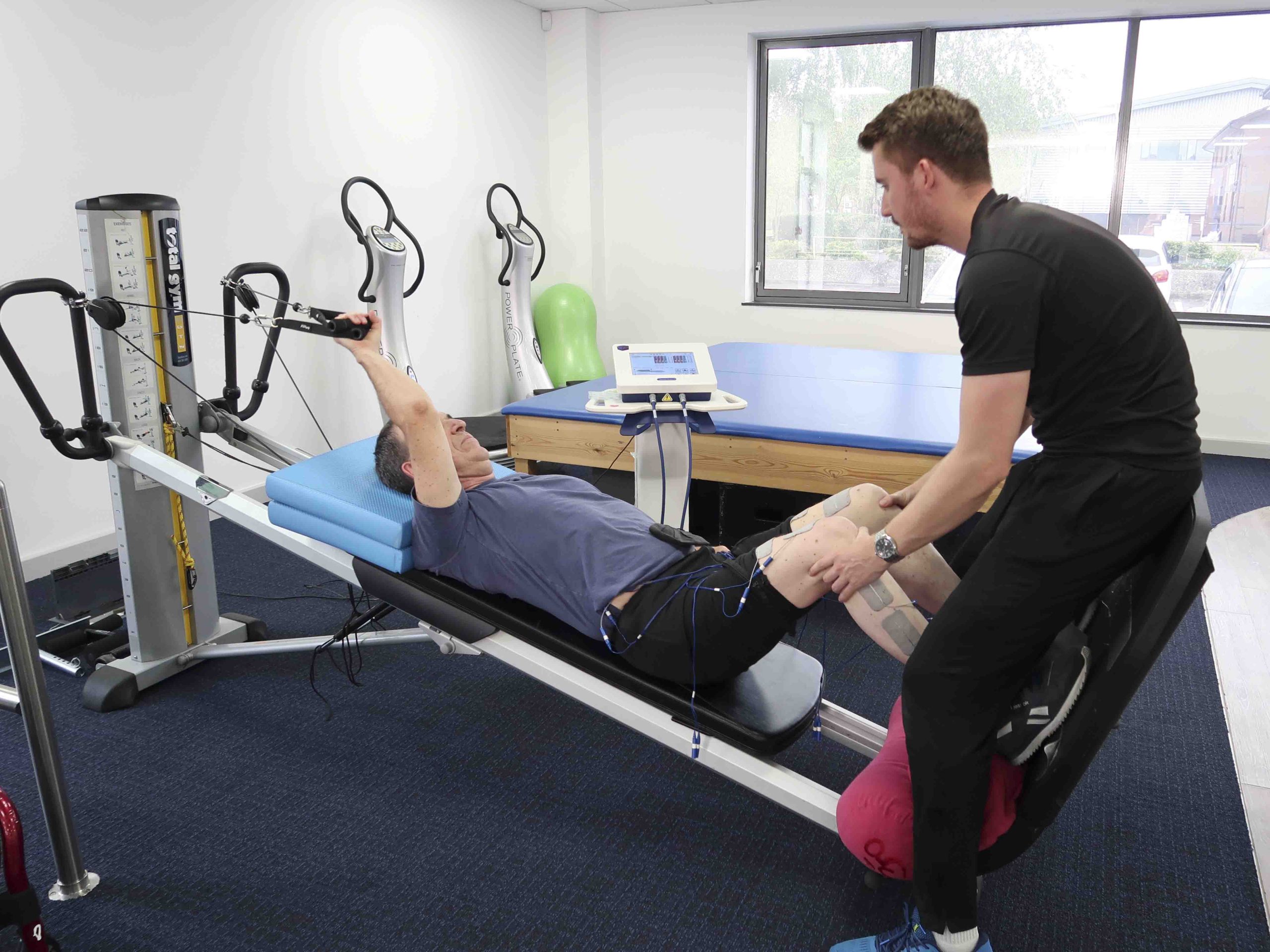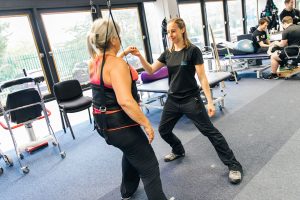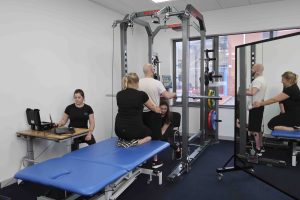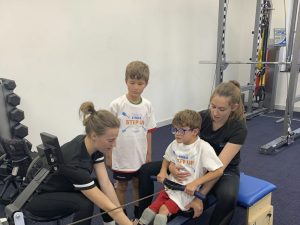Paralysis is a condition that affects hundreds of thousands of people around the world, both young and old. Aside from the obvious challenges of reduced mobility, physical inactivity due to paralysis can lead to a cascade of secondary complications. The good news is that there’s a ray of hope in the form of activity-based rehabilitation.
The Spiral of Secondary Complications
Imagine, for a moment, being confined to a wheelchair or bed due to paralysis. The lack of physical movement can quickly lead to a host of secondary complications that can manifest in various ways, affecting both physical and mental health:
- Muscle Atrophy: When muscles aren’t used regularly, they weaken and shrink. This can make everyday tasks like transferring from a wheelchair to a bed, or even lifting a spoon, incredibly challenging.
- Bone Density Loss: Without weight-bearing exercise, bones become fragile, leading to a higher risk of osteoporosis and fractures.
- Pressure Sores: Prolonged sitting or lying in the same position can cause pressure sores, painful ulcers that result from the constant pressure on the skin.
- Respiratory Problems: Reduced physical activity can lead to respiratory issues, as shallow breathing and poor lung function become more prevalent.
- Cardiovascular Complications: Inactivity increases the risk of heart disease, blood clots and hypertension.
- Depression and Anxiety: The psychological toll of paralysis is substantial. People often feel isolated and struggle with their self-esteem and mental wellbeing.
The Role of Activity-Based Rehabilitation
Activity-based rehabilitation is a game-changer for those living with paralysis. It is built on the idea that even in the absence of typical movement, the nervous system can be stimulated through targeted activities. Here’s how it can improve the health and wellbeing of individuals with paralysis:
- Neuroplasticity: Activity-based rehabilitation harnesses the brain’s ability to adapt and rewire itself. It focuses on retraining the nervous system to regain lost functions.
- Improved Muscle Tone: Through repetitive exercises, individuals can rebuild muscle strength and prevent muscle atrophy. This can significantly enhance mobility and independence.
- Cardiovascular Health: Activity-based therapy often includes cardiovascular exercises to keep the heart and circulatory system in top shape.
- Enhanced Bone Health: Weight-bearing exercises, even in a limited capacity, help maintain bone density and reduce the risk of fractures. This is particularly important for children who are living with paralysis, who need weight bearing movement as part of their regular regimen to promote bone growth and joint formation.
- Pressure Sore Prevention: Frequent changes in position, along with specialised cushions and mattresses, can reduce the risk of pressure sores.
- Psychological Benefits: Engaging in physical activity provides a sense of purpose and accomplishment, which can help combat depression and anxiety.
A Holistic Approach to Rehabilitation
Activity-based rehabilitation isn’t just about physical exercise. It’s a holistic approach that takes into account the individual’s unique needs and abilities. Tailored therapy plans consider the level of injury, age and personal goals.
It’s essential to recognise that the benefits of activity-based rehabilitation are not limited to recent injuries. Even for those living with paralysis for years, ongoing therapy can lead to noticeable improvements in both physical and emotional wellbeing.
Access to activity-based programmes should be available to all and will help stave off secondary complications, improve quality of life and save the healthcare system millions of pounds in unnecessary care costs. So, if you or someone you know is living with paralysis, don’t lose hope. The power of movement and activity-based rehabilitation can break the cycle of secondary complications and open doors to a better quality of life. It’s a journey worth taking, one step (or roll) at a time.




